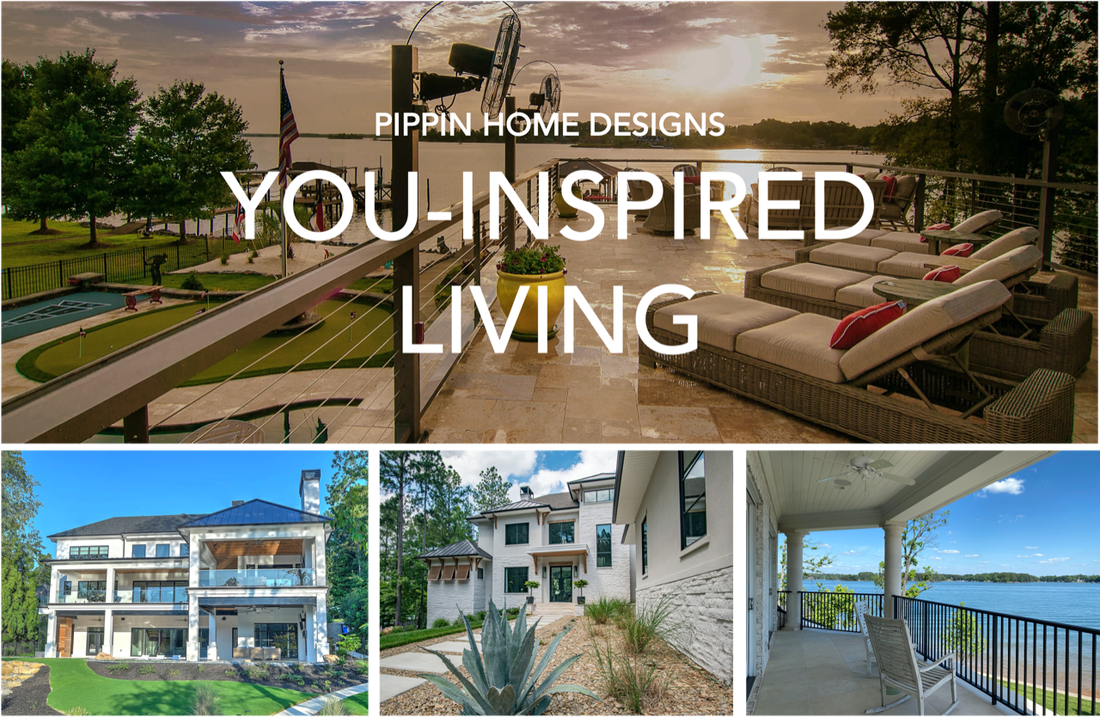
 The term “beauty” has all but been eradicated from the vernacular of architects and designers for over 100 years. The era of Modernism, based on reductionist, minimalist, intellectually justified aesthetics has resulted in a built environment that fails to meet one of the most fundamental human needs; the feeling of pleasure through the experience of beauty! In this second blog of the Happy by Design series, I stake our claim for the rebirth of BEAUTY in home design! I explain how beauty is encoded in our DNA and why it’s an essential component to a happy home life. Whatever Happened to Beauty? Beauty was highly revered throughout most of architectural history with great emphasis placed on symmetry, symbolism, intricate design detail, and intrigue. Think the Pantheon, Taj Mahal, and Villa Rotunda. Architects were considered talented and influential artists who made the built environment a more beautiful place to live…that is, up until the era of Modernism. The industrial revolution of the late 18th and early 19th centuries drastically shifted people’s perspective of the world around them. The mechanized approach to goods imposed a reductionist relationship to life where function dominated form. After WWII, the need to rebuild quickly and affordably further exacerbated the demand for utilitarian structures. Homes became simplified boxes that provided shelter and not much more. Beauty was viewed as unnecessary, nonfunctional, and impractical. Worse yet, was the societal acceptance and architectural influence over the way structures were spoken about. The word “beautiful” was cast out, demonized, and degraded to a sinful word in the vernacular of architects. Many architects and designers still refrain from using the word beautiful when designing and describing their creations. This reductionist relationship to architecture emphasizes the intellectual over the intuitive, forgetting our ancestral roots, and negating the human’s subconscious experience of architecture. The Subconscious Experience of Architecture Have you ever found yourself in a room, a home, or another building that made you feel so good, happy, and whole that you didn’t want to leave?! Or have you ever gone out of your way to walk by a house or building just so you could look at it? Conversely, have you ever been in a room or building that you couldn’t get out of fast enough? Perhaps this space made you feel icky, uncomfortable, or unsafe. Or have you ever gone out of your way to avoid walking past a certain building or even avoided a certain area of town? Though it may be difficult to explain why you had such a visceral reaction to these structures, neuroscience is able to explain the subconscious roots causing you to feel a certain way about architecture. The discipline of neuroaesthetics studies the neurological impact of experiencing aesthetic environments and gives us a glimpse into the biology of beauty. The Biology of Beauty: Survival & Pleasure The human need to experience beauty is encoded in your DNA! Your autonomic nervous system is responsible for all the automated processes of your body: breathing, heart rate, hormone secretion, digestion, etc. It is constantly and subconsciously responding to the information being received through your sensory organs. 95% of the autonomic nervous system responses within your body are geared towards two essential emotions of life: survival and pleasure. Survival and pleasure are the two drivers in our DNA. The survival response triggers your sympathetic nervous system and results in the instinct to avoid a dangerous situation, meanwhile the pleasure response stimulates your parasympathetic nervous system and signals you to approach the object providing the pleasure. Survival = Sympathetic = Avoid Pleasure = Parasympathetic = Approach When our ancient ancestors evolved on the savannas of Africa the ones who were able to recognize patterns that signified safety and pleasure were the ones who lived and carried this adaptation forward. An environment of open grasslands that offer a view at a distance, a few trees for coverage, and a blue sky would trigger the parasympathetic nervous system resulting in a sense of safety and calm. Meanwhile, rocky cliffs, overgrown forests, and a dark grey sky would trigger the sympathetic nervous system, boosting adrenaline and cortisol and causing the person to avoid the perceived threat. This adaptation of pattern recognition has evolved with us to current times and explains why we’re attracted to certain architecture while repelled by others. Home design patterns that are subconsciously perceived as beautiful, safe, and peaceful trigger the autonomic nervous system to release dopamine, oxytocin, and endorphins that create the sensation of pleasure. This means that as a species we are instinctually driven to experience beauty and feel pleasure in our home lives. When meeting a remodel client for the first time, they often express a feeling of discomfort and stress when in their home. Their homes are triggering too much of the sympathetic nervous system flooding their bodies with adrenaline and cortisol, preventing them from feeling safe and at ease in their very own homes. After their remodel is complete, clients regularly express how beautiful they perceive their home to be. They use words like awe, comfort, gratitude, and love when describing how their home makes them FEEL. A home remodeled with beauty as a core element of design, triggers the parasympathetic response which allows homeowners to life a happier home life. The Pippin Effect Beauty is a Unifying Force Beauty connects us to the world around us, enhancing the way we experience life. It is an emotional sensation that is felt when we recognize patterns that connect us to elements of life that support us and allow us to thrive. Understanding the ways your subconscious brain experiences beauty can be a powerful tool used to create a home that provides a constant source of pleasure, bringing you a deeper sense of happiness and connection to life. Consider the following instinctual needs of every person and how this relates to your subconscious experiences of beauty: All humans have an instinctual need to feel connected to their caregivers. The ability to recognize our parents when we are young fulfills our need for survival, safety, comfort, and emotional connection. We also have a deep desire to feel connected to nature and environments that are nurturing and protective. And we all have an intrinsic need to feel connected to self to achieve what Carl Jung (a founding father of psychology) referred to as individuation: the psychological need to seek autonomy and express oneself as a unique individual. Believe it or not, these instinctual needs experienced by all humans are the roots to our subliminal perception of beauty in home design and other forms of art. Working with patterns that fulfill these instinctual needs for connection, allows us to create homes that subliminally make people feel safe, loved, comfortable, and authentically whole. Beauty Patterns of Face Recognition A single pattern that subliminally communicates face recognition has historically been used in architecture to design many of the iconic structures deemed the most beautiful in the world. That pattern is a simple 3x3 grid, with a top, middle, and bottom, and a left, center, and right. How can a simple 3x3 pattern represent a face and communicate such beauty universally? The answer is written in our instinctual neurologically driven motives for survival and connection. Face recognition of a caregiver who can feed, shelter, clothe, and nurture is the primary objective of a newborn baby. In fact, 65% of the neuronal structure of a newborn is dedicated to face recognition. Though vision is not yet clear, what a baby is able to see is a general pattern indicating two spots for eyes and one spot for a mouth. This general pattern of safety and comfort is recognized as a 3x3 grid with a top (where the eyes are located), a middle (spacing between the eyes and mouth), a bottom (where the mouth is), and a right (eye), center (space between the eyes), and left (eye). When the newborn bonds to its caregivers, endorphins are released into the bloodstream reinforcing the emotional connection between the 3x3 pattern of face recognition and a deep sense of pleasure. For the rest of the child’s life this 3x3 pattern is subliminally perceived as beautiful and the empathic transference of emotions will extend to art, architecture, and anything that includes this pattern. Pippin Patterns of 3x3 This dynamic, multi-dimensional project leaves me breathless. Every detail is balanced and inviting to every eye.” - Jeanne Boyce-Taylor Beauty Patterns of Natural Nurturing Humans evolved to cohabitate with nature for millions of years before they developed the technology for tools and dwelling construction. Nature was our only home, it sheltered us and fed us and kept us alive. It provided stimulation and was our art gallery. Mother Nature was the only artist, and her scenery was the only artwork available. Because of our long line of evolutionary history, we have become adapted to recognize patterns and shapes in nature as beautiful because they cause the autonomic nervous system to trigger sensations of peace, calm, awe, and a connection to the world around us. Biomorphic patterns, like the swirls of the Fibonacci sequence, the repeating self-similar patterns of fractals, rhythmic repetition, approximate symmetry, and curved lines found in nature all communicate natural beauty to the human psyche. Experiences in nature can be so profound as to bring people to tears from simply witnessing natural beauty. This emotional response is intuitive and imprinted into our DNA. Biophilia: love of life or living things. Biophilic design in architecture uses biomorphic patterns and geometry found in nature to support our deeply engrained love of life. A home designed with biophilia in mind results in a beautifully built environment that helps people live in alignment with their instinctual need to cohabitate with nature. Stay tuned for our upcoming blog about Biophilic Design! Pippin Patterns of Natural Geometry Jenny made our dream a reality that far exceeded our vision. Because of Jenny’s expertise, we built a beautiful energy efficient and welcoming home, not just a house.” – Nels and Cindy The Beauty of Individual Expression Much of what we perceive to be beautiful is innate and can be viewed as a component of human nature, unifying us all in this collective human experience. And yet, it’s important to acknowledge that we are all experiencing our own unique expression of life, viewing our surroundings through our own unique perspectives, founded on our own individual experiences. Honoring our individuality allows us permission to seek out and achieve the subjective beauty specific to our personalized preferences. Choosing to create a home that is a direct representation of YOU and the life you desire to be living is one of the most beautiful gifts you can give yourself and your family. Yes, neuroaesthetics can help explain how certain patterns affect the subconscious, aiding in the creation of a home that is fundamentally human-centric. However, only YOU know what brings YOU the most joy. Choosing design elements that you perceive to be beautiful can maximize your home’s ability to trigger your autonomic nervous system to release happiness hormones that make you feel good. All too often we see homeowners afraid to design or decorate their home the way they truly want to be living. They’re too concerned about resale value, or what style is trending on HGTV. They choose muted colors because they’re easier to paint over, and they opt out of hanging beautiful artwork that speaks to their soul because they don’t want to put holes in the wall. This results in the homeowners living in limbo, unfulfilled in their home, not experiencing the full potential of beauty and true joy they could be feeling. It depletes the restorative power of their home to tap into their parasympathetic pleasure response to bring rejuvenation, creative inspiration, and happiness! Pippin Patterns of Self Expression Jenny sees things most people can’t, and it has been my experience that only a select few designers have this gift.” – Willis Spivey, Spivey Construction Co., Inc. It’s time to bring back beauty and reconnect people to their instinctual drive for pleasure. A more beautiful life is possible with intentional and intuitive design! We intend you see the value in your home’s ability to support a life inspired by YOU with elements of beauty that bring you happiness! Inspired by you, Jenny Pippin, CPBD, FAIBD, CGP
Pippin Home Designs
0 Comments
Leave a Reply. |
AuthorI am Jenny Pippin, founder of Pippin Home Designs and creator of my own inspired living. I grew up as an ordinary southern girl, working in the fields of my family’s tobacco farm. It didn’t take me long to realize I had greater gifts and so I chose to step into my power and create my own path in life, inspired by my heart’s true passion. (More on my personal story HERE!) Archives
February 2024
Categories
All
|
Copyright 2020. Pippin Home Designs. All rights reserved.
ARCHITECTURAL DESIGN COPYRIGHT NOTICE
1987-2024 Copyright. Jennifer B. Pippin FAIBD, CPBD. Pertaining to all home designs, drawings, and photographic imagery of completed designs
presented herein. No part of the contents of the design work presented on this website may be reproduced or transmitted in any form or
by any means, electronic or mechanical, for the purpose of replication or adaptation. This material is intended to provide accurate and
authoritative information about the design abilities and expertise of Jennifer B. Pippin FAIBD, CPBD and Pippin Home Designs.
ARCHITECTURAL DESIGN COPYRIGHT NOTICE
1987-2024 Copyright. Jennifer B. Pippin FAIBD, CPBD. Pertaining to all home designs, drawings, and photographic imagery of completed designs
presented herein. No part of the contents of the design work presented on this website may be reproduced or transmitted in any form or
by any means, electronic or mechanical, for the purpose of replication or adaptation. This material is intended to provide accurate and
authoritative information about the design abilities and expertise of Jennifer B. Pippin FAIBD, CPBD and Pippin Home Designs.





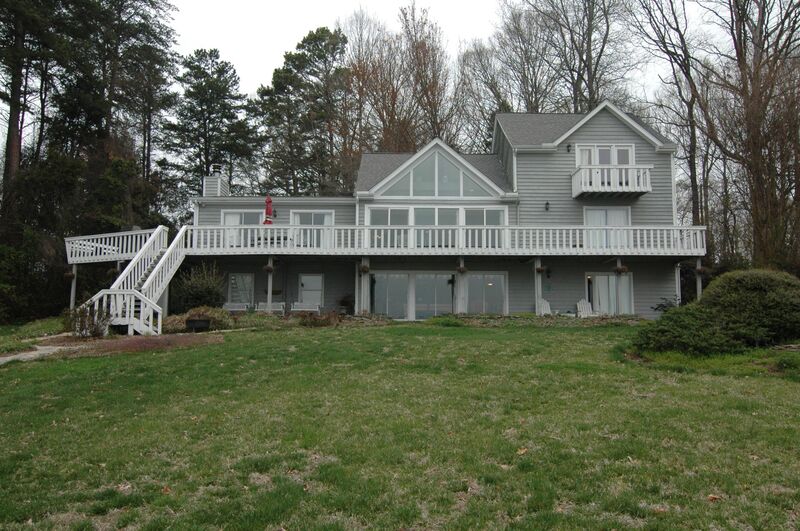
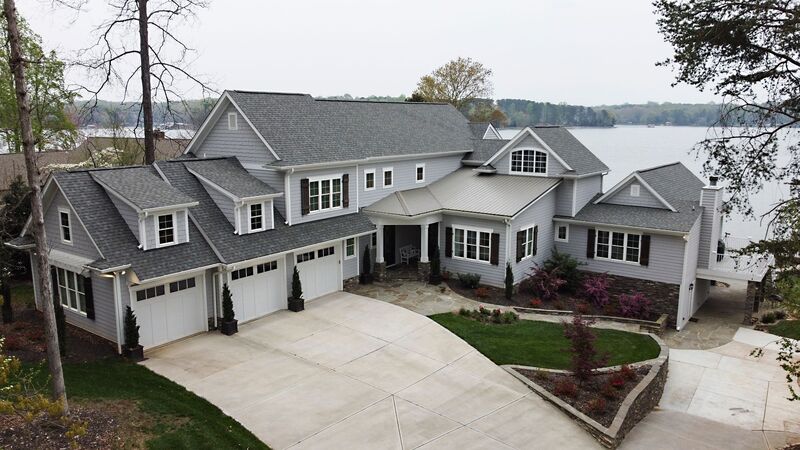

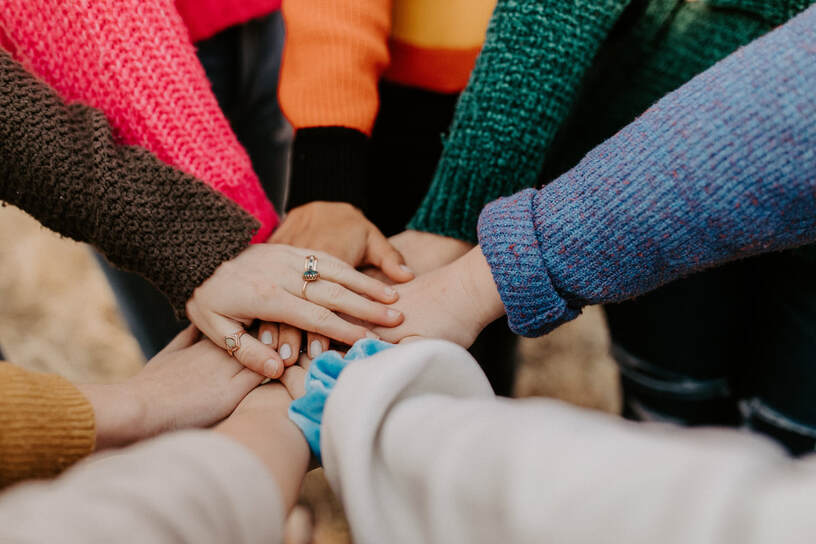


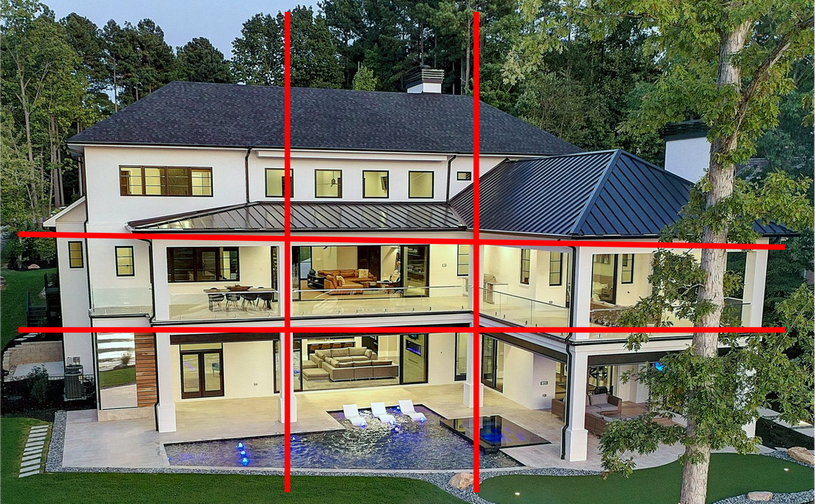


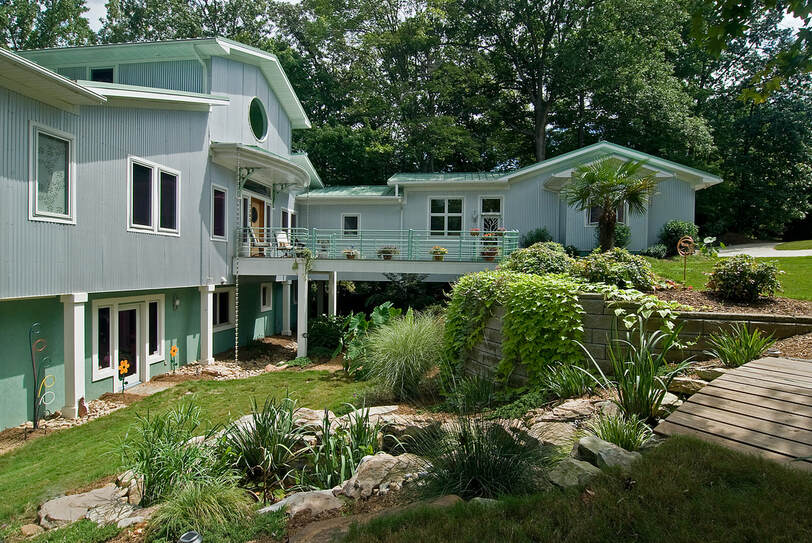

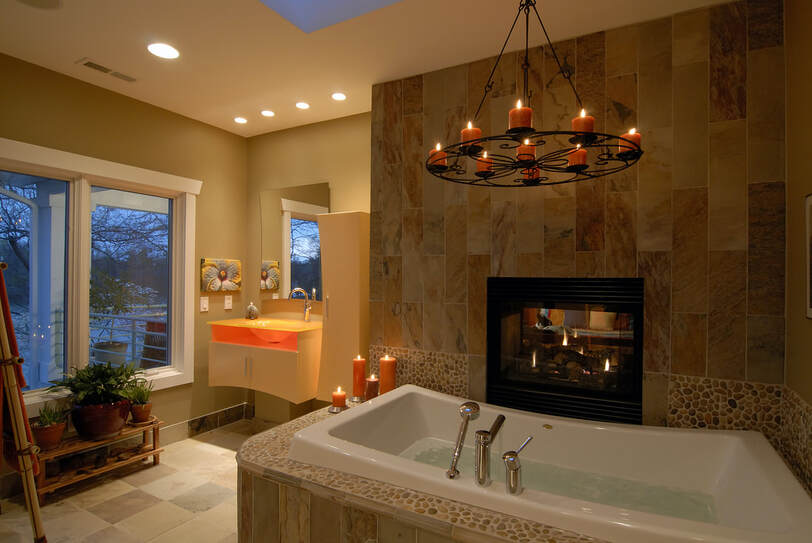


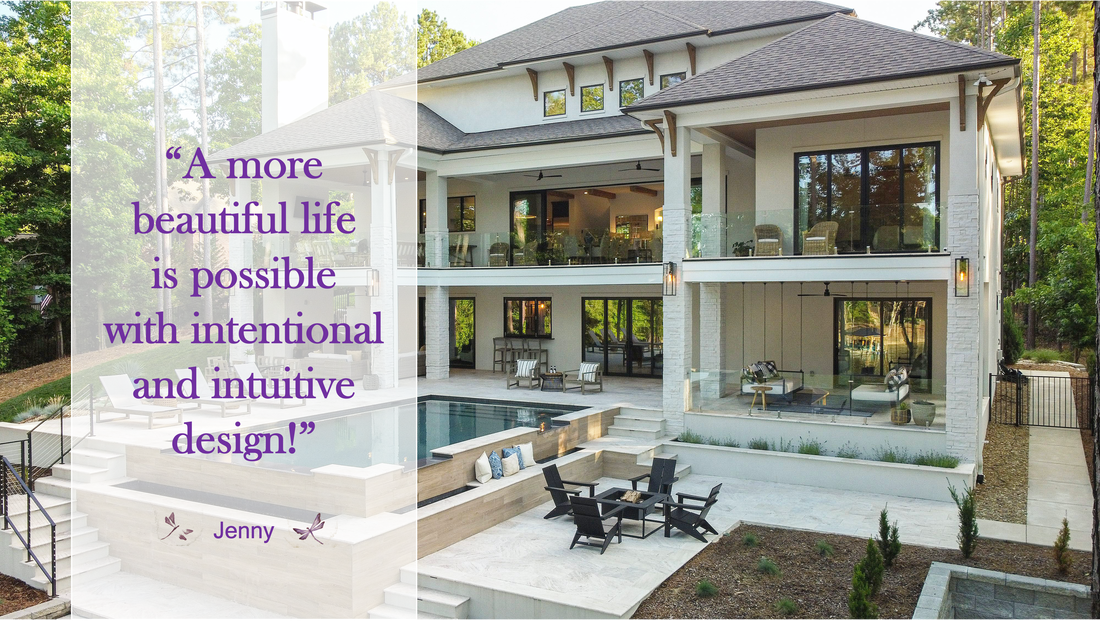
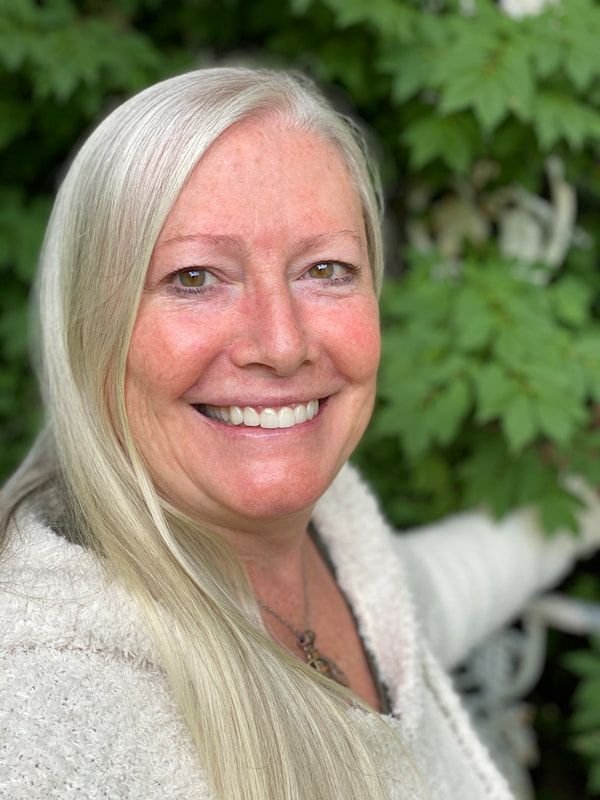
 RSS Feed
RSS Feed
